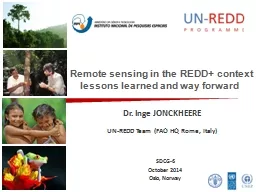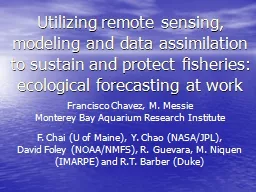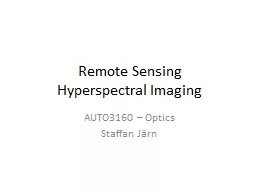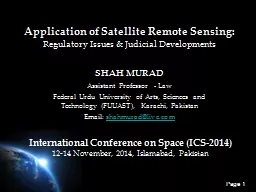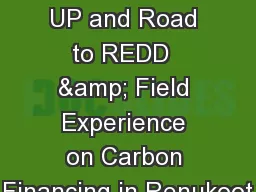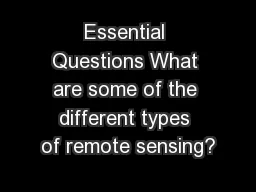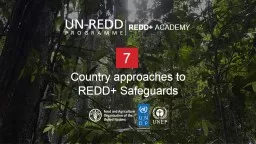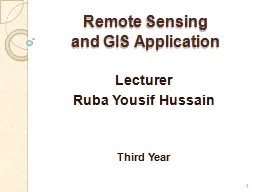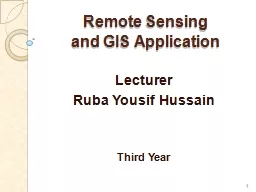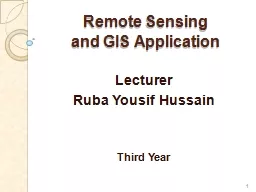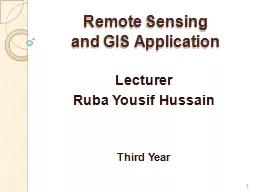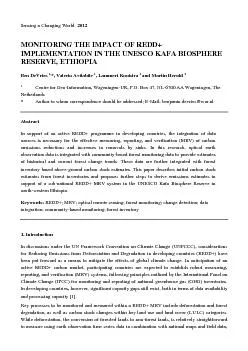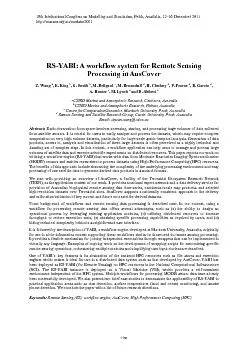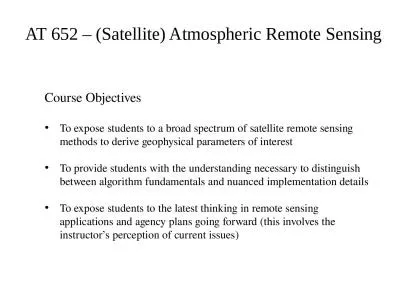PPT-Remote sensing in the REDD+ context
Author : stefany-barnette | Published Date : 2020-01-31
Remote sensing in the REDD context lessons learned and way forward Dr Inge JONCKHEERE UNREDD Team FAO HQ Rome Italy SDCG6 October 2014 Oslo Norway MRV Measurement
Presentation Embed Code
Download Presentation
Download Presentation The PPT/PDF document "Remote sensing in the REDD+ context" is the property of its rightful owner. Permission is granted to download and print the materials on this website for personal, non-commercial use only, and to display it on your personal computer provided you do not modify the materials and that you retain all copyright notices contained in the materials. By downloading content from our website, you accept the terms of this agreement.
Remote sensing in the REDD+ context: Transcript
Download Rules Of Document
"Remote sensing in the REDD+ context"The content belongs to its owner. You may download and print it for personal use, without modification, and keep all copyright notices. By downloading, you agree to these terms.
Related Documents

